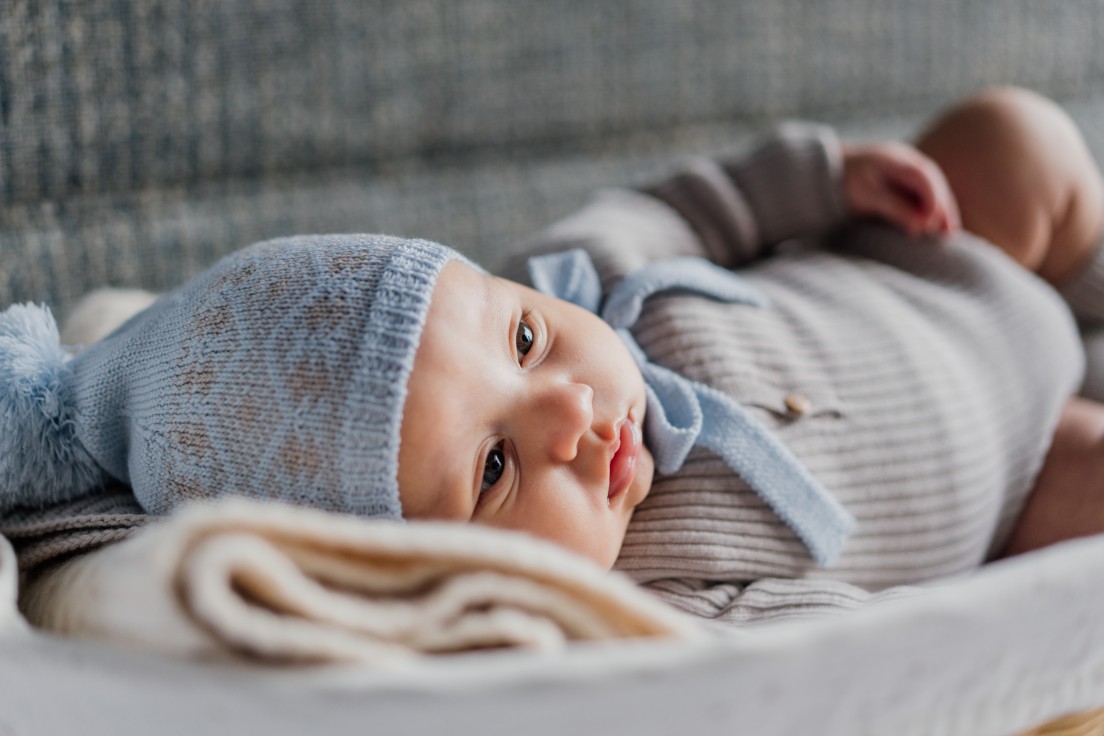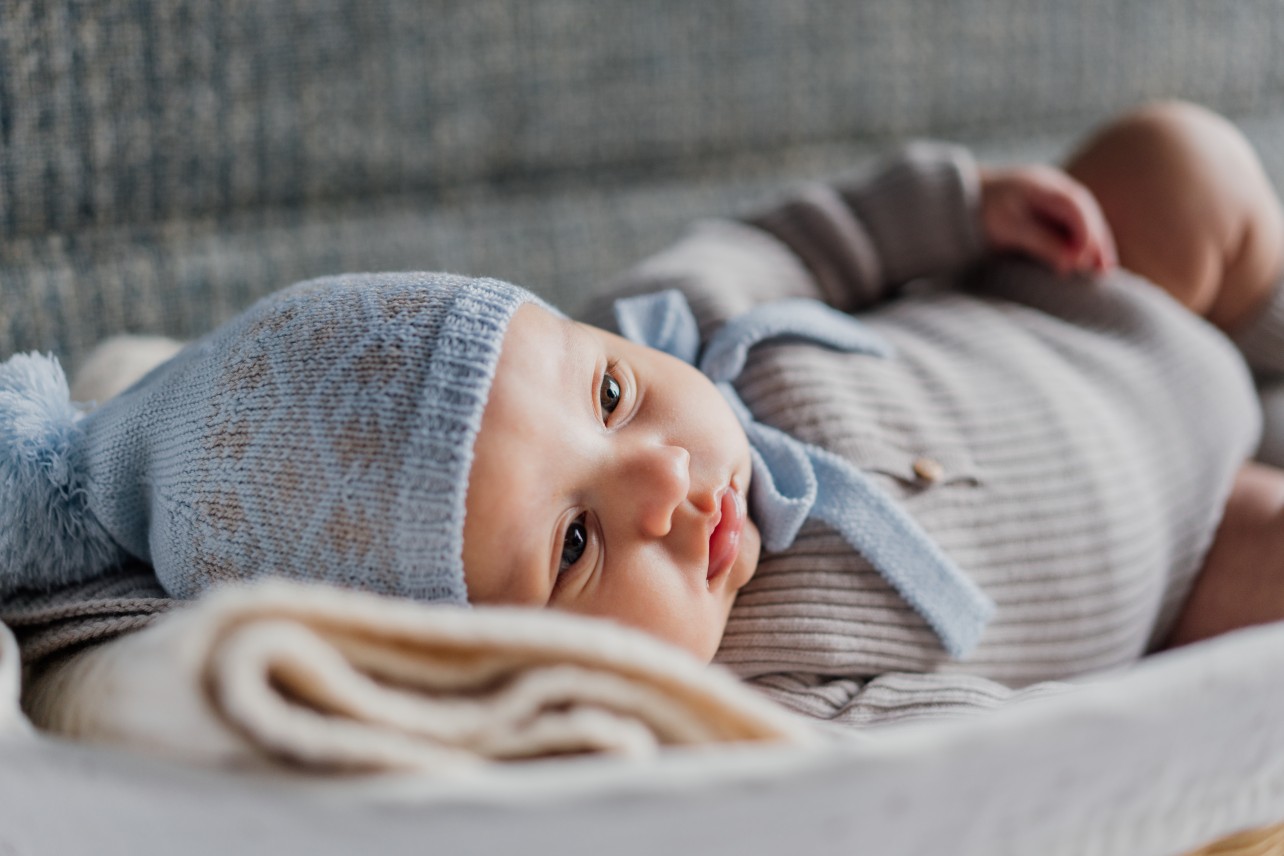When we talk about sleep, we should talk about parasomnias. That's why we decided to bring in our therapist Mafalda Navarro to talk about this subject.
Mafalda explains that parasomnias are phenomena that occur in both adults and children, which affect children's sleep and, consequently, family dynamics. They differ from dyssomnias - more common awakenings, children having difficulty falling asleep or waking up many times during the night. Parasomnias don't happen every day. They are phenomena that our bodies have that interrupt our children's sleep. It's neurological, but it eventually passes with time and growth. They bother parents more than the children themselves, because they are not aware of them and parents are frightened by their children's reactions. It's hereditary, which means that children who have this type of phenomenon naturally have their parents at the same age. It can also happen because the child has a fever, the effect of certain medicines or extreme tiredness. The emotional factor can also influence and cause these phenomena to appear.
Our therapist mentions the various types of parasomnias:
- Night terrors: these are nocturnal behaviours in which children may start crying and screaming, gesticulating in an expressive way, eventually waking up their parents; the child may be sweaty or have palpitations; in this case, it is not advisable to cuddle, the child will not associate this action with something good; we must take care that your child doesn't get hurt and wait for the episode to end; they usually appear from the age of 4;
- Sleepwalking: it's not as aggressive; it can be an episode in which your child sits up in bed or walks around the house; we should make sure that the child doesn't sleepwalk and take care to protect them; around 40% of children have them, but if they are frequent they should seek help;
- Nightmares: in this case, the children wake up to ask their parents for help and comfort, as they don't find it easy to fall asleep again; it's important to have understanding on the part of the parents; comforting, trying to get them into bed, showing them that everything is fine and that they can fall asleep peacefully are good actions; we have to be truthful with the children; think that nightmares are not something negative, but rather a way for the child to release some stress they've had during the day; techniques such as letting the child sleep with a teddy or a nightlight are a solution; these phenomena are common in around 50% of children and appear from the age of 3;
- Other parasomnias: bruxism (involuntary grinding of the teeth) - it's bad for the teeth (it can be associated with fever peaks or sleep apnea) and we should watch out for it; cramps - many children have them, especially when they're starting to walk; automatisms - sometimes children have regular movements during the night (e.g. hitting the bed or restless legs) and we should see how long it lasts; nocturnal enuresis - when children wet the bed, it's perfectly natural and may be associated with a smaller bladder size, we shouldn't get angry with them but we can try to control it (e.g. drinking fluids or showing them how to control it): nocturnal epilepsy - it doesn't happen all the time, but it can happen several times during the night and should be monitored by the paediatrician; organic illnesses - they affect the child's sleep (e.g. cough, atopic dermatitis, colic, reflux or allergies).
Mafalda explains that for any of these parasomnias, we should pay attention to how often they happen and the various implications for family dynamics - if the child gets very tired or irritable, and if the parents get angry or can't understand, they should ask for help. Too little rest can lead to this type of phenomenon.
To this end, the psychologist pointed out some aspects that we can put into practice to protect our children:
- Good sleep hygiene: having a good and appropriate sleep routine that respects children's signals. Have quiet moments before bedtime, for example telling a story;
- Screens: they don't help sleep at all and will make it harder for the child to fall asleep;
- Food: a child who eats unhealthy or nutritious food can trigger this type of phenomenon;
- Having a sleep transition object: a teddy or nappy helps the child fall asleep and makes this moment more comfortable for them.
Mafalda highlights some warning signs, such as daytime sleepiness (which can cause short attention spans) or irritability, which can be important for us to realise how our child is sleeping.
In addition, she mentions that the change in routine during the holiday season is perfectly normal and we should have these moments of relaxation, especially in the routine. As soon as they return home, they can get back to their routine.
Today we're talking about this very interesting and important subject in the area of our children's sleep. We'd like to thank Mafalda for her willingness to talk to us and share some tips.
Here's a video of her sharing this interesting topic in more detail.
The video is available on Wedoble's Facebook page - https://fb.watch/lqpryg7q88/
Wedoble believes that a good night's sleep can be linked to the outfit your baby is wearing at bedtime. Above all, it has to be comfortable and suitable for any movement your little one may have. We've thought about all these details and, to complement today's post, here's a link to our pyjamas from the new autumn/winter 2023 collection - https://www.wedoble.com/en/autumn-winter-23/pyjamas_377-296.html . We want to know what you think and we want to see your little ones in their new pyjamas.
What about you? Have you ever heard of parasomnias? How do you deal with it? We want to know some of your tips an opinions.






